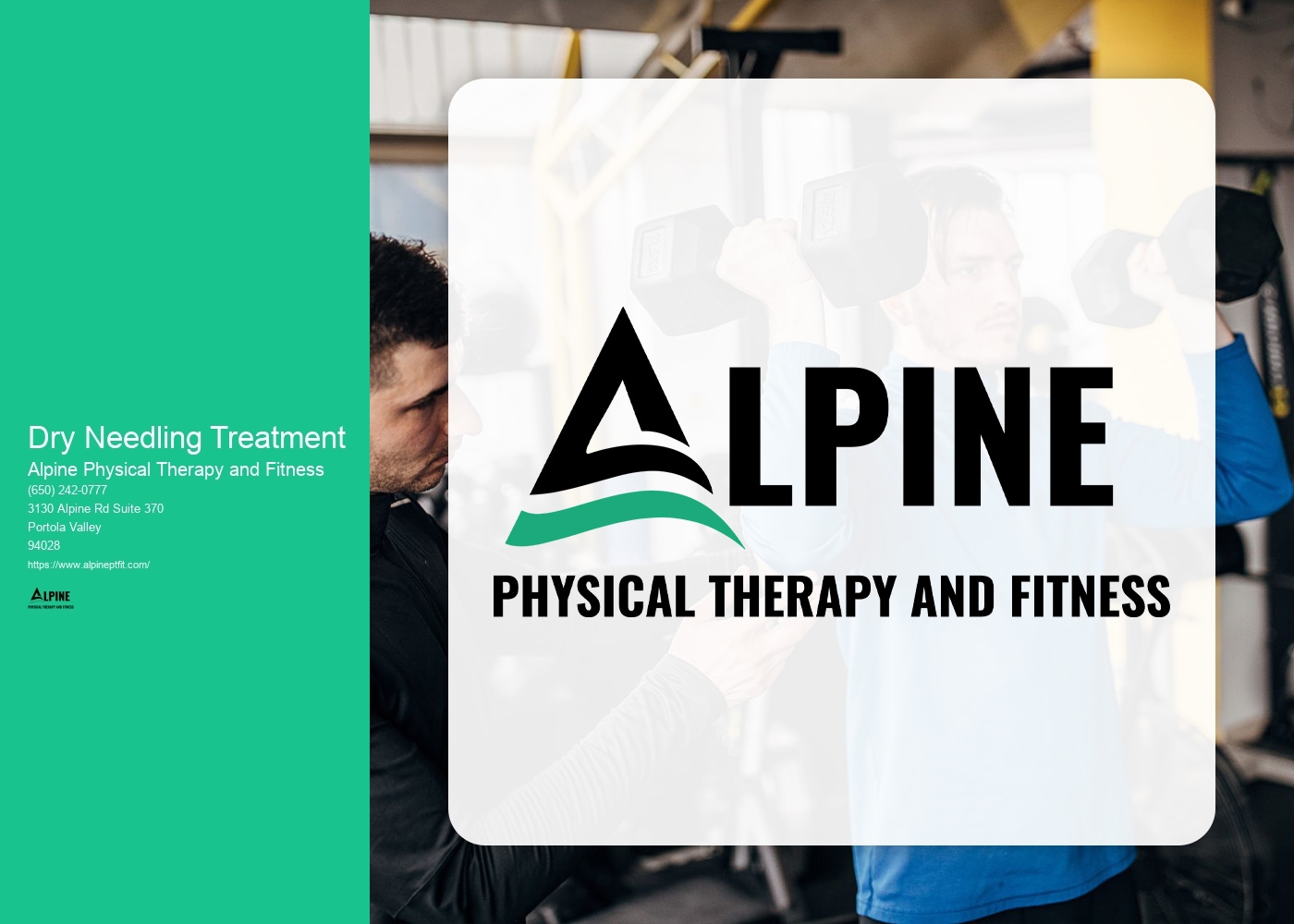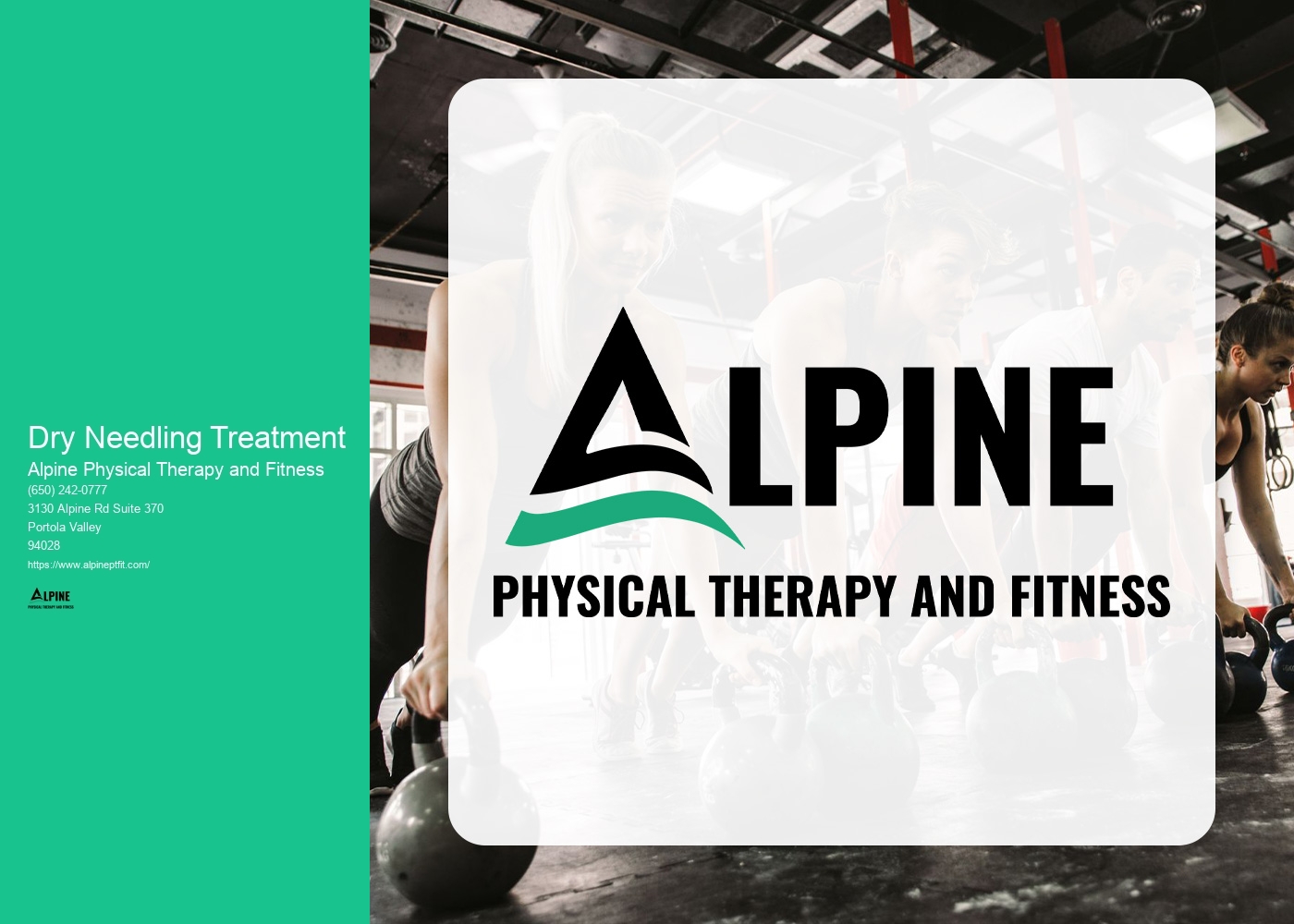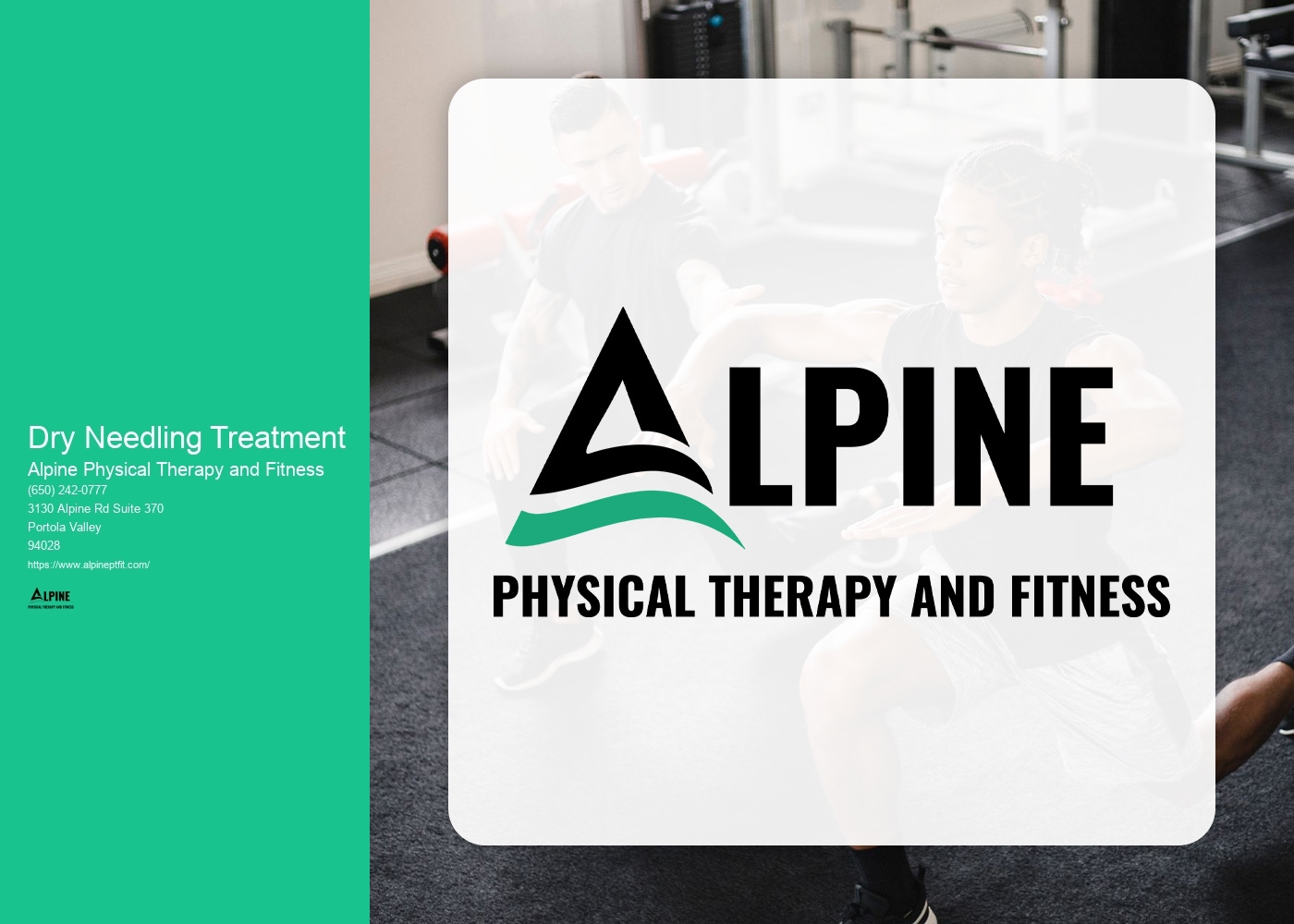

Dry needling is a technique used by physical therapists to treat muscle pain and dysfunction. It involves inserting thin needles into trigger points, or knots, in the muscles to release tension and promote healing. While dry needling and acupuncture both involve the use of needles, they differ in their underlying principles and techniques. Acupuncture is based on traditional Chinese medicine and aims to balance the flow of energy in the body, while dry needling focuses on targeting specific muscle trigger points to alleviate pain and improve function.
Dry needling can be used to treat a variety of conditions. It is commonly used for musculoskeletal issues such as neck and back pain, shoulder impingement, tennis elbow, and knee osteoarthritis. It can also be effective in managing headaches, fibromyalgia, and myofascial pain syndrome. By targeting trigger points, dry needling helps to release muscle tension, improve blood flow, and reduce pain and inflammation.
One of the common concerns about dry needling is whether it is painful. While everyone's pain tolerance is different, most people experience minimal discomfort during the procedure. The needles used in dry needling are very thin, similar to acupuncture needles, and are typically inserted into the muscle trigger points. Some people may feel a slight prick or a dull ache, but it is generally well-tolerated. The therapist will work with the patient to ensure their comfort throughout the session.

The duration of a dry needling session can vary depending on the individual and the specific condition being treated. On average, a session can last between 15 to 30 minutes. The therapist will assess the patient's needs and determine the appropriate length of the session. It is important to note that dry needling is often used as part of a comprehensive treatment plan, which may include other therapeutic techniques and exercises.
The number of dry needling sessions required to see results can vary depending on the individual and the severity of their condition. Some people may experience immediate relief after the first session, while others may require multiple sessions to achieve the desired outcome. The therapist will evaluate the patient's progress and adjust the treatment plan accordingly. It is important to have realistic expectations and to communicate openly with the therapist about any concerns or questions.

Like any medical procedure, there are potential side effects and risks associated with dry needling. The most common side effects include temporary soreness, bruising, and minor bleeding at the needle insertion sites. In rare cases, more serious complications such as infection or nerve damage can occur. However, these risks are minimal when the procedure is performed by a trained and licensed physical therapist. It is important to choose a qualified professional who follows proper hygiene and safety protocols.
While dry needling is generally safe and effective, there are some contraindications to consider. People with certain medical conditions, such as bleeding disorders, compromised immune systems, or a fear of needles, may not be suitable candidates for dry needling. Additionally, pregnant women should avoid having dry needling performed on their abdomen or lower back. It is important to discuss any medical conditions or concerns with the therapist before undergoing dry needling to ensure it is a safe and appropriate treatment option.

Aquatic therapy, also known as water therapy or hydrotherapy, is a form of physical therapy that takes place in a pool or other water-based environment. It involves the use of water to facilitate therapeutic exercises and activities. In pediatric physical therapy, aquatic therapy is used to help children improve their strength, flexibility, balance, coordination, and overall physical function. The buoyancy of the water reduces the impact on the joints, making it easier for children with mobility challenges to move and exercise. The resistance of the water also provides a gentle yet effective way to build muscle strength. Additionally, the warmth of the water can help relax muscles and reduce pain, making it an ideal therapy option for children with conditions such as cerebral palsy, spina bifida, or developmental delays. Aquatic therapy sessions are typically led by a trained pediatric physical therapist who designs individualized treatment plans based on the child's specific needs and goals.
Physical therapy plays a crucial role in addressing foot and ankle conditions such as plantar plate tears. Plantar plate tears are a common injury that can cause pain, instability, and difficulty with walking or running. Physical therapists utilize a variety of techniques to effectively treat this condition. They may employ manual therapy techniques, such as joint mobilizations and soft tissue mobilizations, to reduce pain and improve joint mobility. Additionally, they may prescribe specific exercises to strengthen the muscles surrounding the foot and ankle, improving stability and preventing further injury. Physical therapists may also utilize modalities such as ultrasound or electrical stimulation to promote healing and reduce inflammation. By addressing the underlying causes of plantar plate tears and providing targeted interventions, physical therapy can help individuals regain function and alleviate pain in the foot and ankle.
Aquatic therapy offers numerous advantages for individuals with musculoskeletal conditions. Firstly, the buoyancy of water reduces the impact on joints, allowing for low-impact exercise that minimizes stress on the musculoskeletal system. This can be particularly beneficial for individuals with conditions such as arthritis or osteoporosis. Additionally, the resistance provided by the water helps to strengthen muscles and improve overall flexibility and range of motion. The hydrostatic pressure of the water also aids in reducing swelling and inflammation, promoting faster healing and recovery. Furthermore, the warmth of the water can help to relax muscles and alleviate pain, providing a soothing and therapeutic environment for rehabilitation. Overall, aquatic therapy provides a safe and effective means of improving musculoskeletal function and promoting overall well-being.
Physical therapists play a crucial role in the rehabilitation process for seniors recovering from heart surgery. They work closely with the patients to develop personalized exercise programs that focus on improving cardiovascular endurance, strength, and flexibility. These programs may include activities such as walking, cycling, and gentle stretching exercises. Physical therapists also educate seniors on proper breathing techniques and provide guidance on managing pain and fatigue. Additionally, they monitor the patients' vital signs during exercise sessions to ensure safety and make necessary adjustments to the program. By providing individualized care and support, physical therapists help seniors regain their strength, improve their overall cardiovascular health, and enhance their quality of life after heart surgery.
Aquatic therapy plays a crucial role in managing rheumatoid arthritis by providing a low-impact exercise option that helps improve joint mobility, reduce pain, and increase overall physical function. The buoyancy of water reduces the weight-bearing load on the joints, allowing individuals with rheumatoid arthritis to engage in exercises that may be too painful or difficult on land. The resistance of water also provides gentle strengthening and conditioning for the muscles surrounding the affected joints. Additionally, the warmth of the water can help relax muscles and alleviate stiffness. Aquatic therapy may include exercises such as water walking, swimming, stretching, and range of motion exercises, all of which contribute to improved joint flexibility, reduced inflammation, and enhanced quality of life for individuals with rheumatoid arthritis.